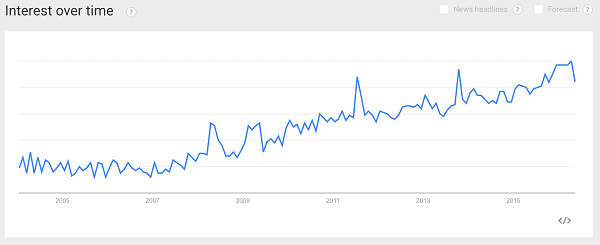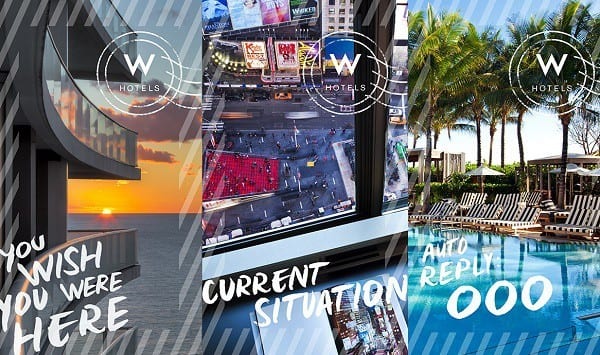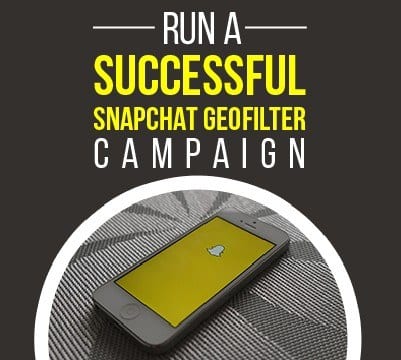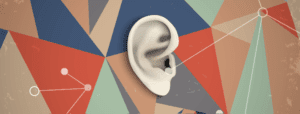Snapchat’s novel, ephemeral social messaging platform was initially met with skepticism by the advertising community, but the past two years or so have seen a 180-degree flip in industry opinion.
In February 2013, Snapchat was funded at a $50 million valuation, and estimates as of May 2016 value the company at $22 billion.
Many brands, large and small, are now beginning to realize the full potential of Snapchat’s local, context-driven, and engaging array of ad products.
Brands with both a physical and digital presence can benefit from the integration, measurability, and flexibility of Snapchat’s location-based advertising products.
Large brands, such as Jameson, McDonald’s, and others, have released Snapchat geofilters in multiple locations nationwide. By partnering with Snapchat’s ad team, they have been able to roll out custom, contextual art that invites a national audience to interact with content tailor-made for their specific circumstances.

Whether it’s celebrating a holiday like St. Patrick’s Day with Jameson, or a custom geofilter for every McDonald’s across the country, brands with geographically diverse footprints have experienced major branding victories using this unique, new advertising tactic.
In this article, I’ll explain why a wide-scale geofilters campaign is beneficial and how to strategize to ensure success with your efforts.
The Physical/Digital Gap
One of the strongest benefits of an online marketing strategy is how granular you can get with measurement and attribution.
For most of advertising’s long and storied past, the biggest hurdle marketers have had to clear was accurately assessing the impact of their efforts.

A highway billboard might get thousands of impressions, and you could roughly estimate viewership by measuring the traffic, but it was very hard to tie those impressions back to sales.
As more and more advertising dollars have migrated online, brands have gotten better and better at incorporating data-driven strategies into most of their marketing efforts.
However, one area where many brands are still struggling is the question of how to tie the marketing at their physical, brick-and-mortar locations back into their broader digital marketing efforts.
For a while, many in the industry saw social media “check-ins” as the way to bridge this gap; but adoption of this trend faltered when industry leader Foursquare imploded after it spun off the check-in feature into a new app, Swarm.
The social check-in has experienced an unlikely resurgence though. When it comes to social media usage, behaviors tend to develop first slowly and then all at once.

The truth is, customers have rejected a dedicated check-in app, but have embraced the idea of sharing their location in the context of enriching the content and experiences they currently share on other platforms.
This actually makes perfect sense if you think about how people normally interact. You don’t just tell someone where you went — if it’s worth sharing you’ll be sure to tell them (and maybe even show them) what you did there.
The adoption of this sort of social behavior is a godsend for brands trying to tie their digital and physical marketing efforts together.
Not only do location and content sharing go hand-in-hand, but they also provide the opportunity to seamlessly bridge the gap and accurately measure and attribute success across a wide range of channels.
Snapchat geofilters are just one of many options for leveraging this interconnection, but in my opinion they are among the best and most exciting new opportunities out there.
Geofilters as the Bridge
Given the fact that Snapchat currently sits at number one on the App Store and that more than one million snaps a day include location-based stickers, a Snapchat geofilter campaign is a great way of bridging the physical/digital gap at scale.
For brands with a large footprint, the option to partner with Snapchat and create a national Snapchat geofilter campaign is the most efficient and effective way to pursue this strategy.
In much the same way that content marketing draws attention by generously providing value and then giving an audience the avenue to share and discuss, Snapchat geofilters paired with a compelling in-store experience will allow delighted customers to organically share their positive impression of your brand with others.
The next key step in maximizing the potential of this strategy is to tie your physical promotions and experiences back to your digital content.
Whether it’s maintaining consistent messaging, using on-location promotions to invite further online activity, or providing incentives to share on other platforms; the power of contextual, location-based advertising such as branded geofilters is multiplied by integrating across channels.
Another very important thing to note here is that a Snapchat geofilter campaign will not work in isolation.
Like I mentioned before, people don’t really like just “checking-in” somewhere; rather they want to share an amazing experience and invite their friends to check it out.
Creating a compelling reason for a customer to first visit you, and then share their visit, is the only way your Snapchat geofilter will ever get seen.
Even though Snapchat has over 100 million daily active users and the average time spent on the app is 30 minutes, only 60 percent contribute content.
Just because your audience is on Snapchat all the time, doesn’t necessarily mean they will use it in your location. And if you are shelling out for a national geofilter campaign, this is something you should actively be trying to change.
Leveraging Context and Inviting Sharing
One fantastic example of inviting audiences to share is how W Hotels has used a geofilter campaign to allow satisfied customers to express the enjoyment that comes from being on vacation (and the “humble-brag” that often comes from sharing it with friends).

In this case, the invitation to share might simply be as subtle as identifying and articulating what value is being brought to the table.
Even for brands that do not have brick-and-mortar locations, you can still build out compelling Snapchat geofilter campaigns around specific events.
For example, Jameson rolled out a large-scale geofilter campaign centered around St. Patrick’s Day. Instead of targeting based on location per se, this campaign zeroed in on a particular time and age bracket (above 21).
As geofilters become more prevalent in contextual, branded advertising, marketers will be forced to get ever more inventive to keep the ideas and incentives fresh for customers.

Whether this means “event-jacking,” like Samsung and Spotify did at SXSW, or pushing the boundaries of what contextual branding looks and feels like, these seemingly mundane little graphics have boundless potential for forward-thinking brands.
As is the case with many nascent forms of digital marketing, the rules of this new medium are still being written. While it’s certainly beneficial to look to the earliest adopters for direction, you cannot just adopt their strategies wholesale.
Instead, take the high-level insights I’ve shared with you here and then strategically apply them to the unique needs of your enterprise.
Will your brand experiment with a nationwide Snapchat geofilter campaign? What’s your current social media strategy for reaching customers on Snapchat? Share your thoughts with us over on Twitter @DigitalCurrent.
Schedule Your 1-On-1 Digital Marketing Consultation Now
Unmodified Snapchat image by AdamPrzezdzlek from Flickr.com


